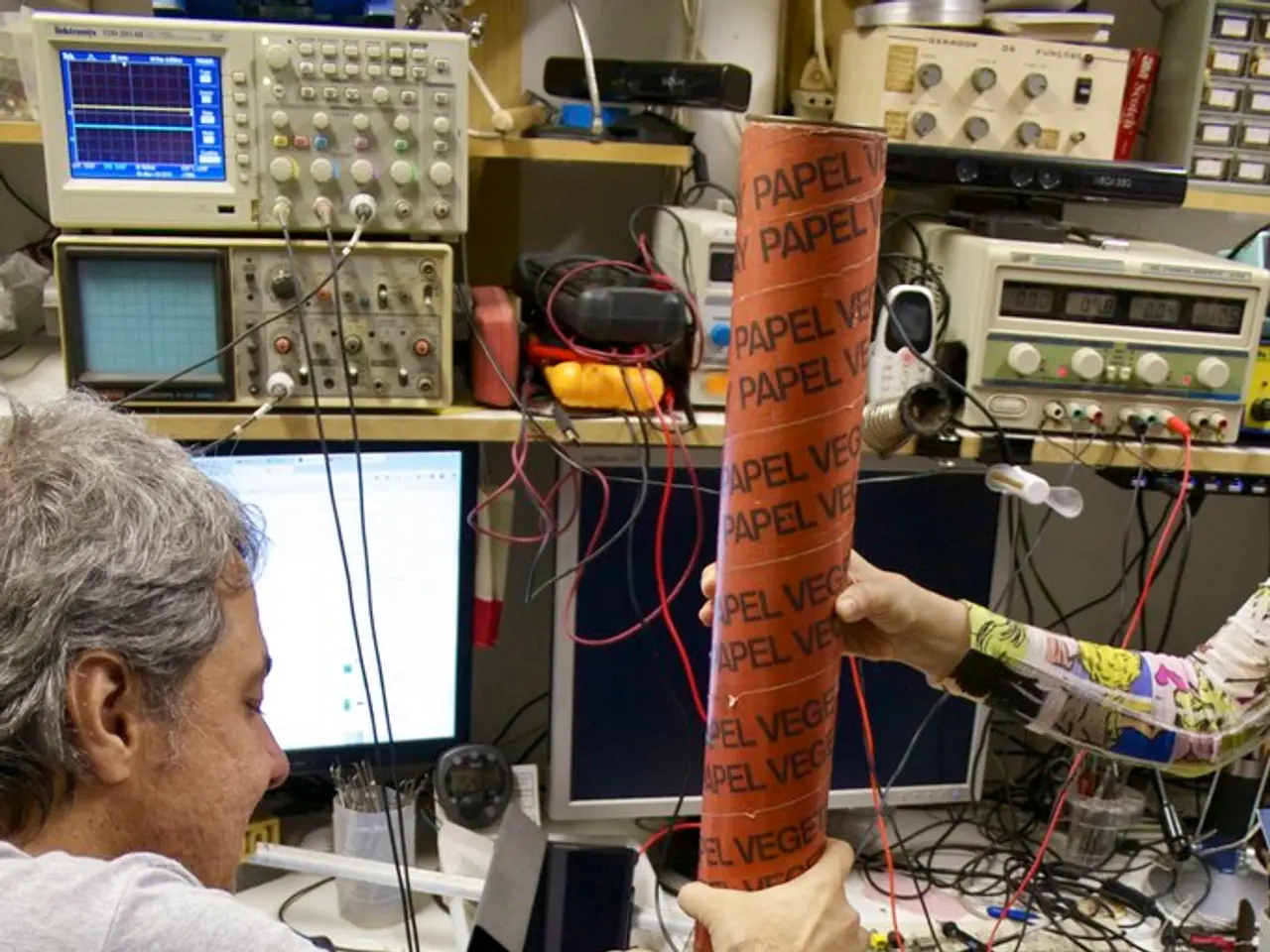Methods for Halting the Dissemination of Misleading Political Information
In the 2022 U.S. election, the spread of fake political news significantly influenced the political landscape, eroding public trust, increasing polarization, and potentially shaping voter behavior through misinformation and disinformation campaigns.
Advances in generative AI allowed the creation and dissemination of highly realistic fake text, images, audio, and video, such as deepfakes. This increased the quality and volume of false political content, making misinformation more convincing and widespread.
Adversaries like China, Russia, and Iran actively deployed misinformation campaigns targeting the 2022 midterm elections. These campaigns aimed to sow discord, manipulate public perception of candidates, and undermine confidence in democratic institutions.
Misinformation was also used to intimidate or dissuade vulnerable communities from voting. False narratives about polling locations, mail-in ballot fraud, or candidate positions were part of a broader strategy to influence election outcomes by suppressing voter turnout among certain populations.
The erosion of democratic legitimacy was another significant impact. False claims about election interference, voting fraud, and manipulated outcomes circulated widely, feeding public mistrust and political polarization. These narratives undermined confidence in the electoral process and the legitimacy of elected officials.
Credible influencers can counter false narratives, amplify verified information, and encourage followers to be skeptical of sensational claims. To combat the spread of fake political news, it is essential for voters to fact-check claims, verify sources, look for sensational language, reverse-search images, and check official statements or media outlets.
Educating the public about source verification, critical thinking, and digital hygiene helps reduce gullibility and the spread of fake news. Campaigns must monitor social media, issue real-time clarifications, build digital war rooms, and collaborate with fact-checkers and legal teams. The Election Commission should also monitor platforms, enforce stricter penalties, collaborate with fact-checkers, and mandate transparency in digital campaigning.
AI tools can assist platforms in moderation efforts by scanning content for patterns, detecting deepfakes, flagging manipulated text or images, and helping to combat the spread of fake political news. Platforms like Alt News, BOOM Live, Factly, and Google Fact Check Explorer help verify claims and images. Reverse image tools also aid detection.
The 2022 U.S. election serves as a stark reminder of the importance of accurate and reliable information in democratic processes. As technology continues to evolve, it is crucial that efforts to combat fake political news are strengthened to ensure the integrity and legitimacy of future elections.
- Social media platforms played a significant role in the dissemination of fake political news during the 2022 U.S. election, contributing to decreased public trust, increased polarization, and potentially shaping voter behavior.
- In an effort to counteract the spread of fake political news, credible influencers can amplify verified information, encourage skepticism of sensational claims, and advocate for source verification, critical thinking, and digital hygiene.
- To combat false narratives, voters should fact-check claims, verify sources, look for sensational language, reverse-search images, and check official statements or media outlets for accurate information.
- Digital war rooms, collaboration with fact-checkers, and stricter penalties can assist campaigns in their efforts to monitor social media, issue real-time clarifications, and combat the spread of disinformation in the political arena.
- Among the AI tools that assist platforms in moderation efforts are those that scan content for patterns, detect deepfakes, flag manipulated text or images, and help combat the spread of misinformation related to education-and-self-development, general-news, politics, and even ads or blogs on social media.




